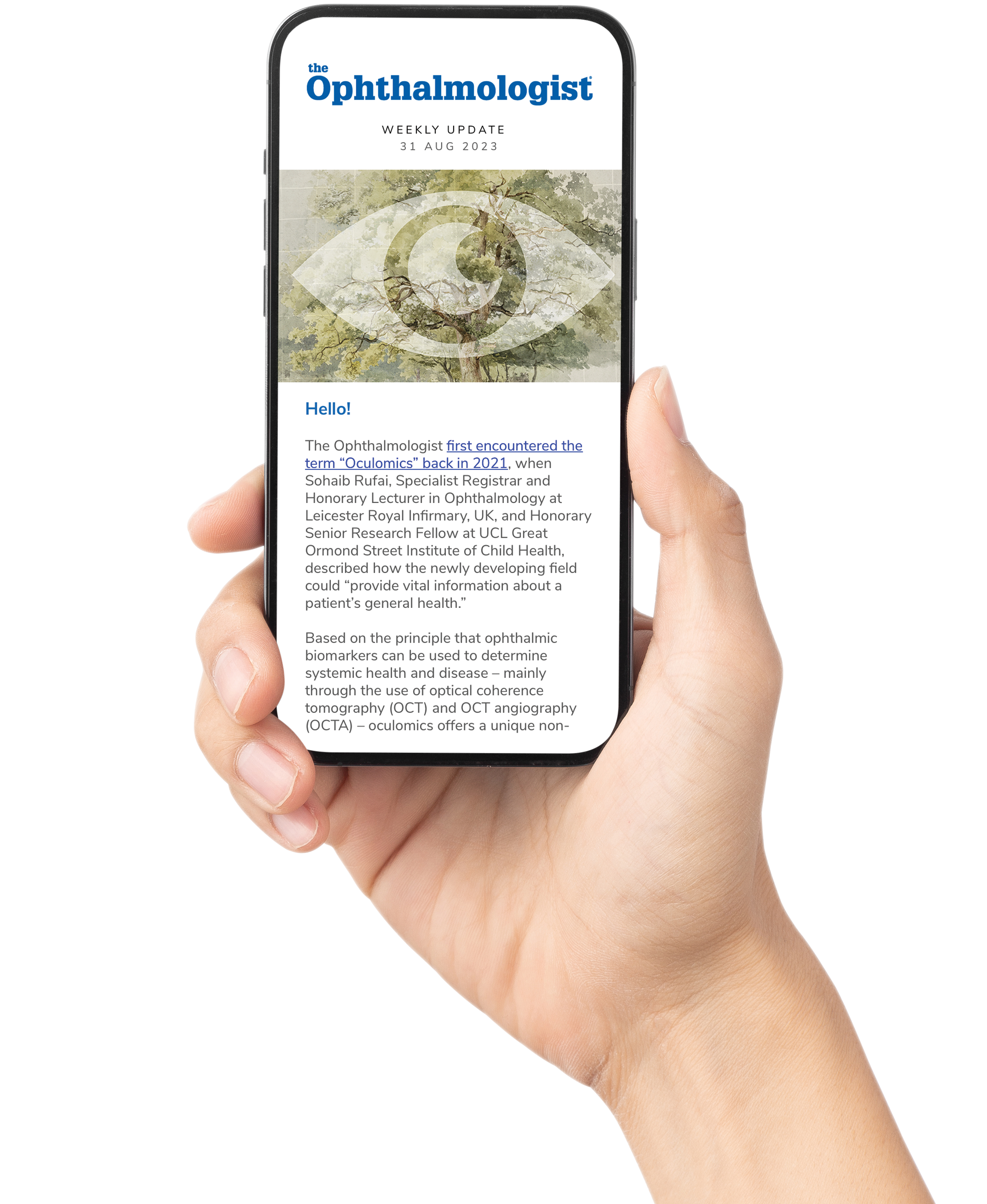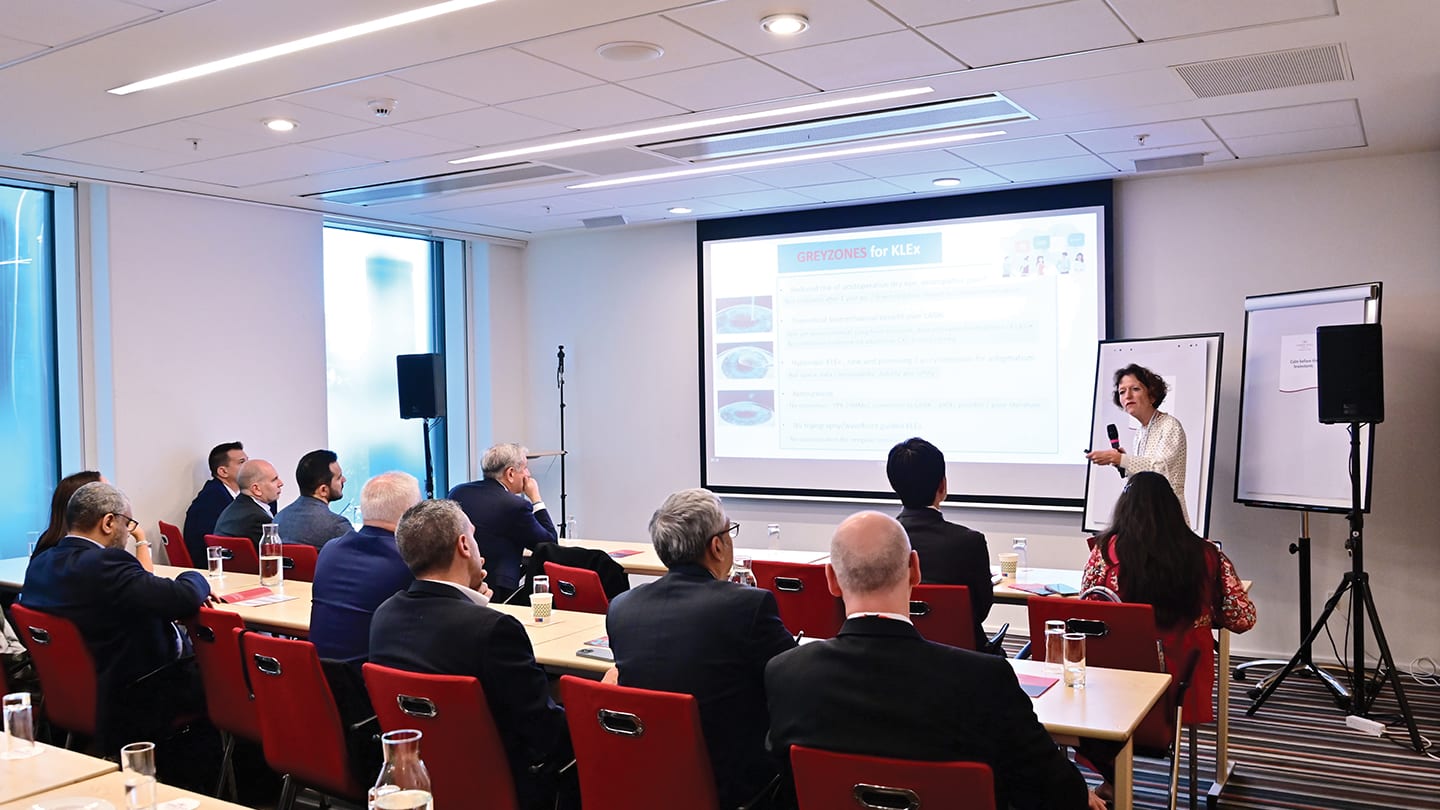
Previously unveiled at the 2023 ESCRS (European Society Of Cataract & Refractive Surgeons) Congress in Vienna, Johnson & Johnson’s ELITA™ Femtosecond Laser Platform and SILK (Smooth Incision Lenticule Keratomileusis) procedure were the subjects of focus at the SILK Academy and SILK Circle sessions at this year’s ESCRS meeting in Copenhagen (September 12-16).
Under the banner of KLEx (Keratorefractive Lenticule Extraction), SILK is positioned as an evolutionary next-step to LASIK, one that negates the need for a full corneal flap while still correcting refractive error just as – if not more – effectively as LASIK (1,2).
But what do the surgeons who have been using the platform over the last two years think?
The SILK Academy and SILK Circle sessions featured an illustrious list: Professor Béatrice Cochener-Lamard, Head of the Ophthalmology Department at Brest University Hospital, France; Dr Pooja Khamar, Cataract and Refractive Surgeon at Narayana Nethralaya Eye Institute in Bangalore, India; Dr Pavol Veselý, a rising expert in corneal and refractive surgery (and an early adopter of ELITA) from the VESELY Eye Clinic in Bratislava, Slovakia; and Dr Hyung-Jin Koo, a high-volume refractive surgeon based at the Nunemiso Eye Clinic in Seoul, South Korea; Dr Christian Ahlers, a corneal refractive expert based at Augenchirurgie Ahlers in Walsrode, Germany.
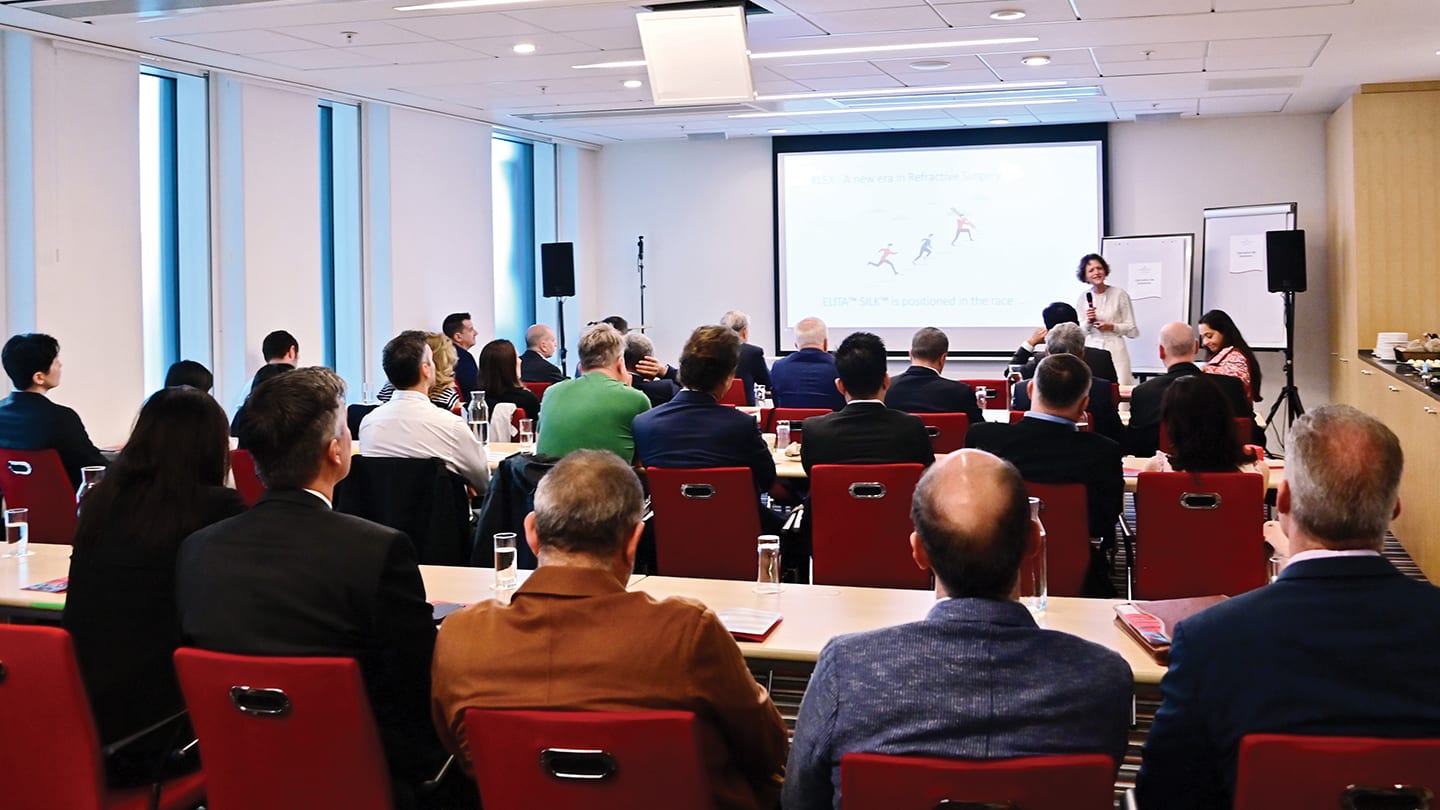
SILK Academy
Instigating the SILK Academy proceedings on September 13, Professor Cochener-Lamard spoke about Johnson & Johnson’s role as an early pioneer of FMS Intralase, and how this might set the company up for success with the platform. “I think we are entering the next era of refractive surgery (1,2),” she observed.
Dr. Khamar explored the role that mindfulness can play in SILK surgery – being "present in the moment and extremely calm”, as well as also being aware of any patient’s fears and expectations. She went on to note how she loves the “beautiful outcomes, in terms of cylinder (1),” that the cyclotorsion control feature of the SILK procedure allows for (1), as well as discussing the additional benefits involved in the corneal recovery times that SILK enables because of its lenticule shape. “Because it is a biconvex-shaped lenticule (3),” she observed, “regeneration should be faster (3).”
“A lot of times we are scared how the epithelium is going to remodel post-operatively, and that’s when we have fear of slow regression (3),” Khamar added. “But because we are preserving nerves and it is a bi-convex shaped lenticule, and because it is technically preserving the curvature of the cornea, the epithelial remodelling should also be a little better compared to a plano-convex lenticule, a little faster compared to other platforms (3).”
In “Positioning SILK in the Modern Refractive Portfolio,” Professor Cochener-Lamard emphasized that surgeons must be willing to embrace the learning curve associated with any technology if they are to reap the benefits. KLEx (Keratorefractive Lenticule Extraction) bypasses some of the limitations of LASIK, she explained, noting that more than 500 published articles have demonstrated that KLEx has “less biomechanical impact, provides quicker nerve regeneration, and has less dryness in the post-operative period than LASIK, all alongside visual performances that are comparable (1,3).”
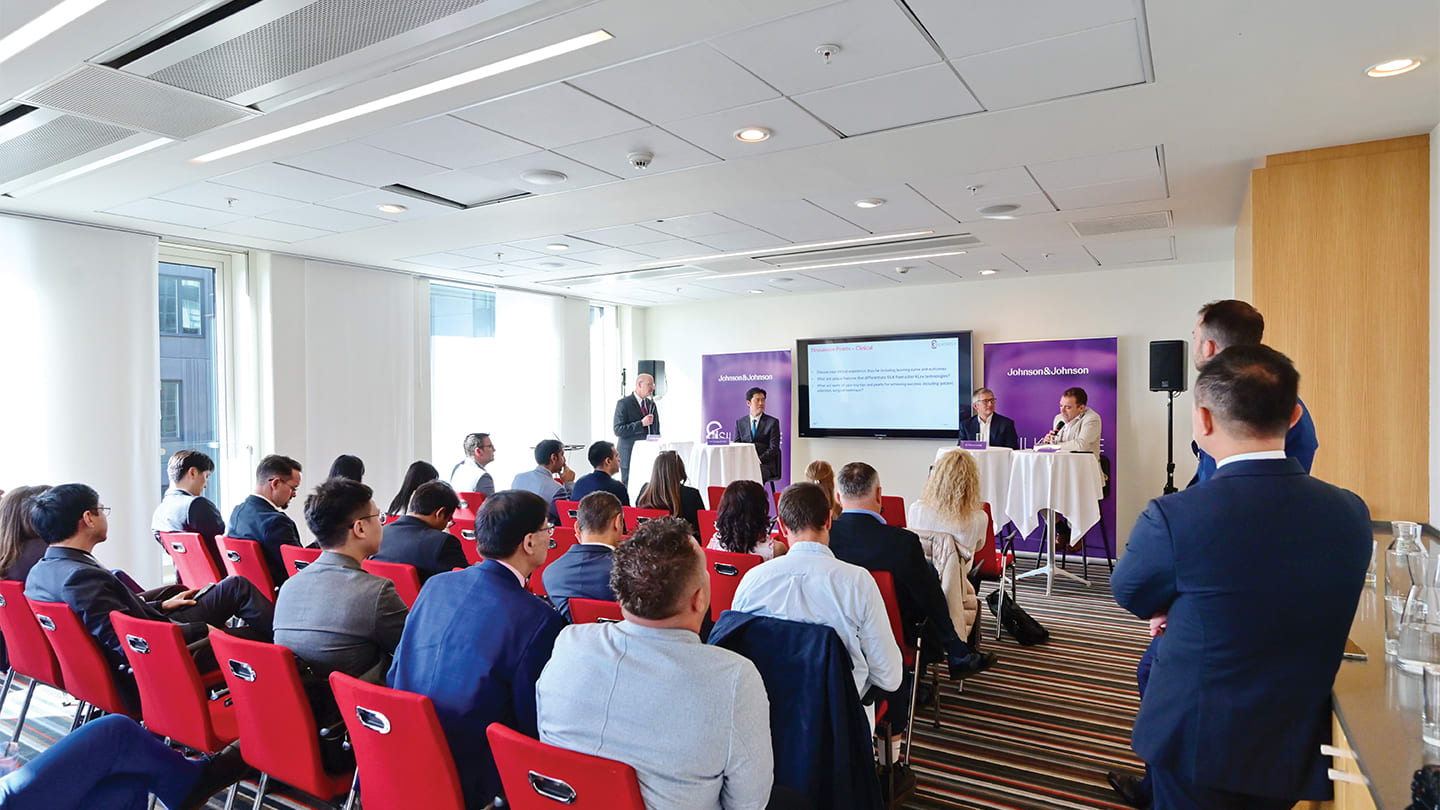
Dr Veselý from Slovakia went on to articulate some of the "Surgical Pearls and Pitfalls” of the procedure. One clear advantage, Dr. Veselý noted, was how “ELITA is delivering a pulse size of 1 µm” (3). Because of this, he has experienced no troubles with dissections over two years of using the platform.
“What I like about ELITA the most is the interface, and operation with the system is very easy (2),” Dr. Veselý continued. “You input the data and already you can see an illustration of the position of the lenticule – the depth, thickness and size of it – so it is easy to imagine what is going to be happening within the cornea during treatment (2).”
Finally, Dr. Hyung-Jin Koo, gave his perspective as a high-volume refractive surgeon operating in Seoul, South Korea. As Dr. Veselý previously noted, for Dr. Koo, one of the key advantages of ELITA was its low energy profile compared with other available platforms (3). This feature, he explained, allows for “smoother, resistance-free dissection and excellent visual outcomes (1,2).”
ELITA “offers an advanced approach, delivering novel results for patients (1),” said Dr. Koo. And while the results demonstrated by the platform are “already excellent (2),” he anticipates that they might be further improved by the imminent upgrades making ELITA “a highly significant option in the future of refractive surgery (1,2).”
SILK Circle
In the SILK Circle aimed at existing ELITA users, Dr. Brian Schwam, Senior Medical Director of Johnson & Johnson, began by discussing the rapid adoption of the system in Asia Pacific and EMEA regions, where over 44,000 eyes have been treated since 2023, with more than 200 surgeons now certified to use the device.
With ELITA and SILK, the technical application of the lenticule dissection is “made much easier than other procedures (1),” said Dr. Schwam, with Dr Veselý explaining: “When you are using the ELITA system, the dissection is not truly a dissection – it is more like going through butter with a blunt instrument. There is no resistance; it’s just the separation of two layers (1).”
Dr. Ahlers observed that while it takes time to get used to the system, “once you are done with the docking, you can perform the extraction with short vacuum times and optimized suction pressure (1).” In addition, the procedure offers “the advantage of potentially less suction loss than other devices (2).” Once surgeons have mastered the docking process and the energy optimization, the procedure can be performed consistently and effectively (2).”
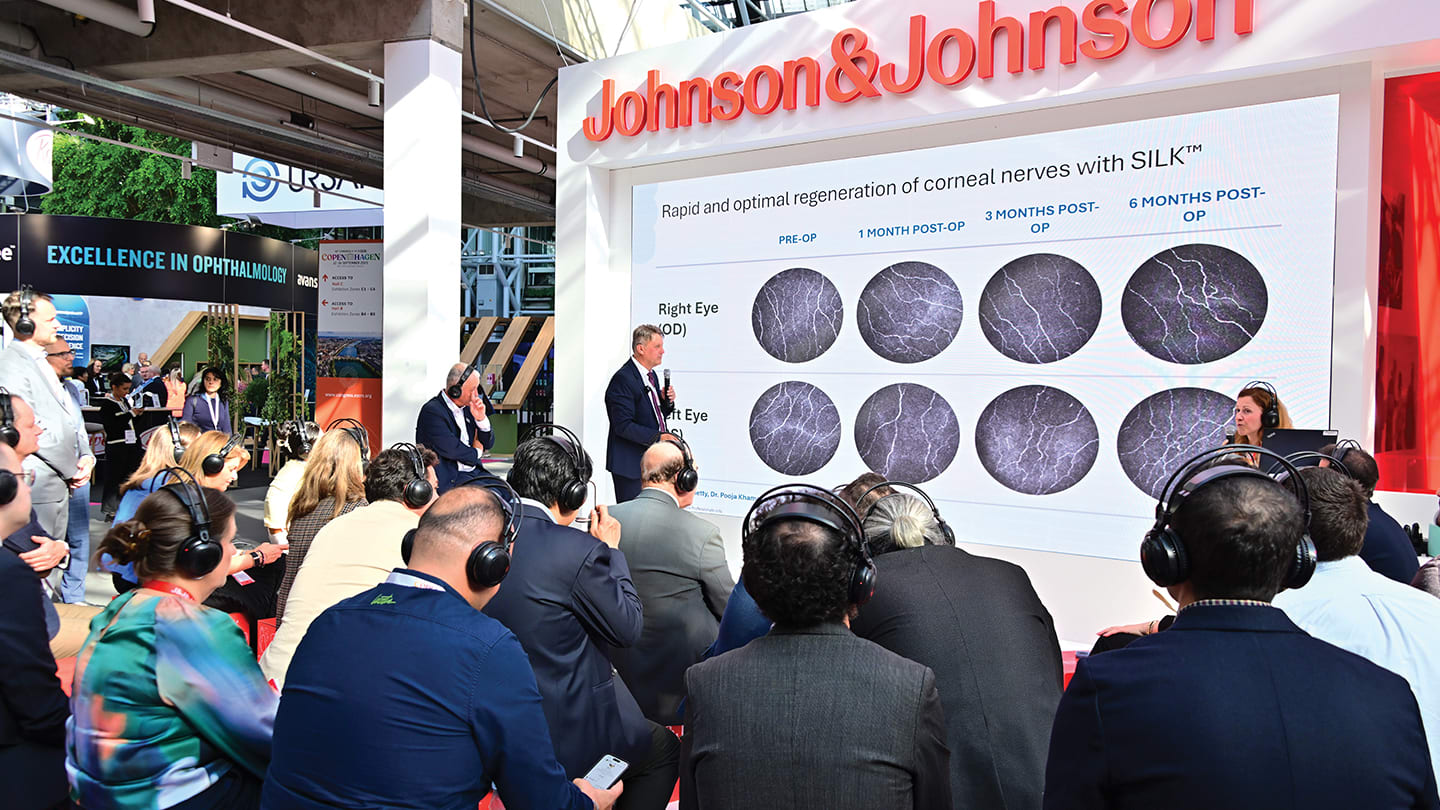
Best Practice
The ESCRS SILK-focused events continued at the Johnson & Johnson booth the following day (September 14), where Dr. Antoine Roure, a refractive expert and early adopter of ELITA based in Nice, France, and Professor Levent Akçay, a highly experienced surgeon at the World Eye Hospital in Istanbul, Turkey, discussed their “Tips and Tricks for Best SILK Practices.”
Dr. Roure made special note of ELITA having a dot pulse of ~1 µm, calling it a “very good flap maker – easy to use and able to create very precise flaps (2, 3).” A major benefit of the system, he added, is that once the settings have all been adjusted correctly, they remain “stable over a long period of time(3).” So far, Dr. Route has performed over 300 procedures with no re-treatments.
Meanwhile, Professor Akçay explained how the cut made by SILK help reduce nerve disruption within the cornea, (3) and so better preserves the nerves inside the cornea. As noted previously in the SILK Academy session, Professor Akçay agreed that the biconvex lenticule shape of ELITA “provides more physiological healing, preserving corneal integrity and improving nerve regeneration (3).” The SILK procedure is very simple, he added, helping to facilitate “easy and smooth lenticule removal3” and producing a “clear cornea on the first post-operative day with nerve fibers preserved1.”
Professor Akçay reported that 98% of his patients were satisfied with the SILK procedure (1). It is an innovative system, he said, and because the biconvexity makes it so safe (3). Professor Akçay told the audience that he has now stopped performing PRK and LASIK completely – in favour of SILK. His one final message to the gathered surgeons was “Buy the machine!”
“Buy the Machine!”
So is it worth heeding Professor Akçay’s advice and purchasing the ELITA Femtosecond Laser Platform and the SILK Procedure for your own practice?
According to these world-leading refractive specialists gathered together from all parts of the globe by Johnson & Johnson for the 43rd ESCRS congress this year, it certainly seems like a viable option.
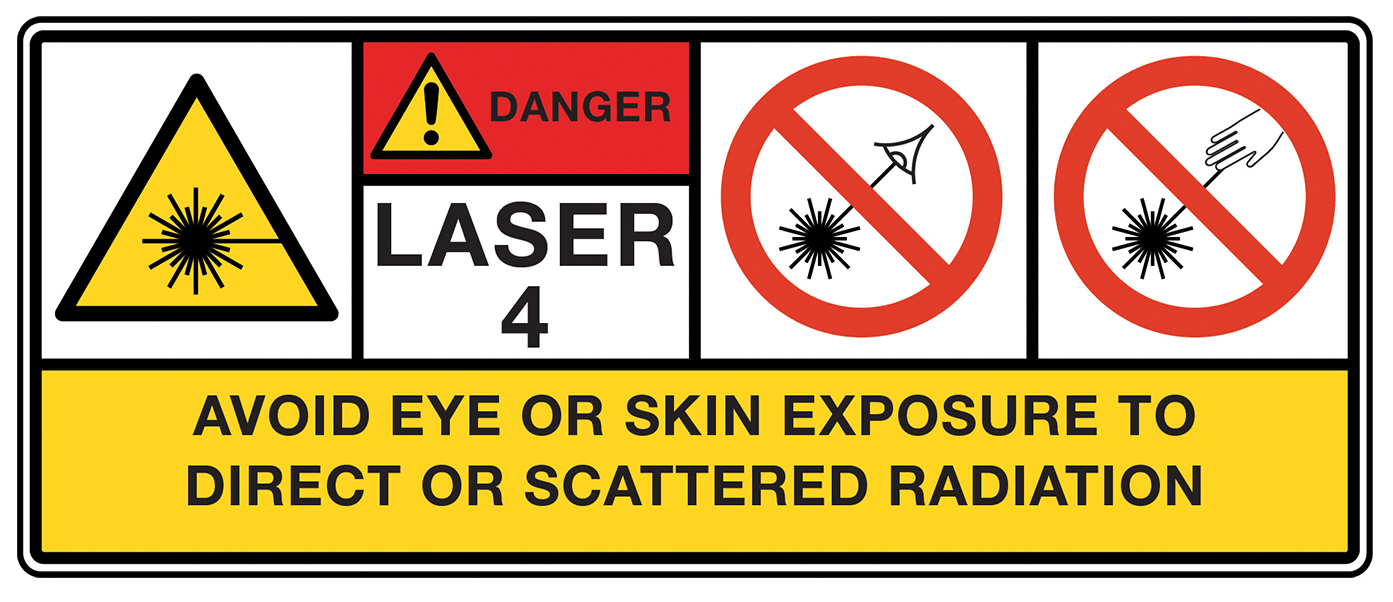
For Healthcare Professionals Only. Please reference the Instructions for Use for a complete list of Indications and Important Safety Information and contact our specialists in case of any question. The promoted product is a medical device.
References
- DOF2023RF4003. ELITA™ femtosecond laser SILK™ procedure long term safety and effectiveness – Subset of Phase 3 data (India sites only).
- DOF2023RF4002. ELITA Femtosecond Laser Device Description.
- DOF2022OTH4006. ELITA™ Femtosecond Platform – Biconvex Lenticule Design.
